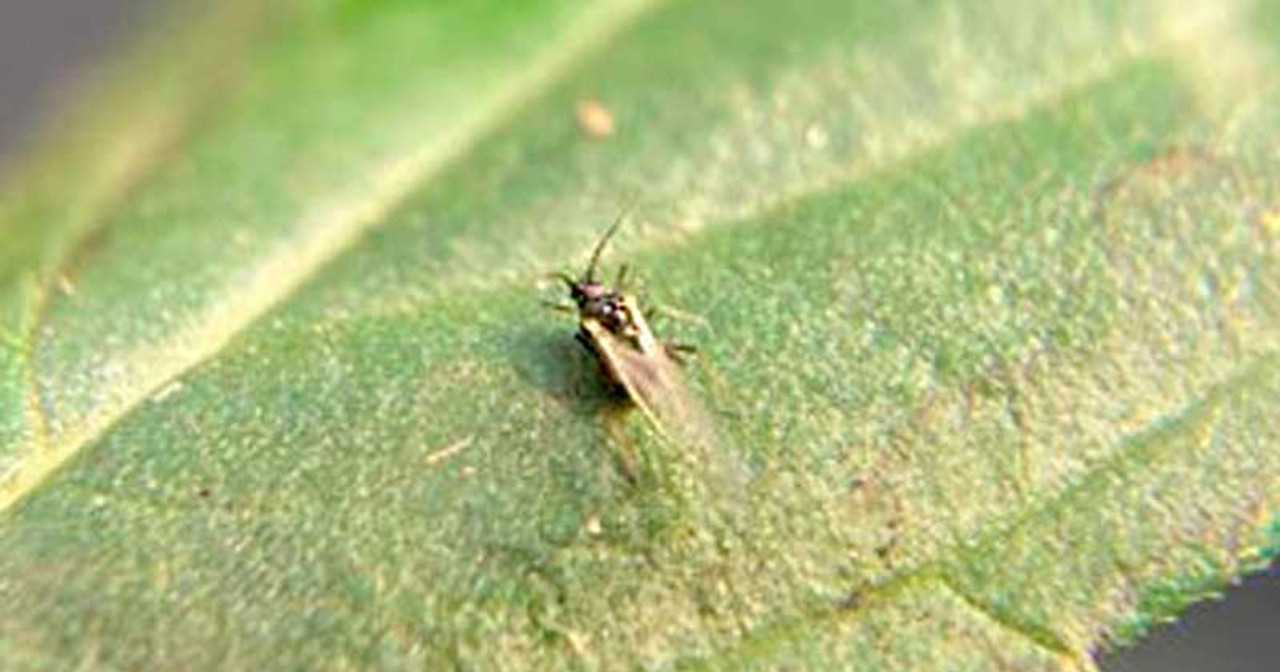Root Aphids Rhopalosiphum rufiabdominalis

The rice root aphid is native to southeast east Asia, but now has worldwide distribution. Populations have been found as far north as Finland living in greenhouses. As its name suggests, the rice root aphid is commonly found feeding on the roots of rice plants. However, as ths aphid’s geographic distribution has expanded, so too has its host range. The rice root aphid is recognized as feeding on a wide variety of crops, including cereals, tomatoes, potatoes and peppers (solanacea), and now cannabis.
FAQs About Root Aphids
Root aphids are a difficult pest to control because they are protected by the growing container and media. Infecting Root Aphid with various entomopathogenic fungal species such as Isaria fumosoroseus and Beauveria bassiana as well as insect growth regulators such as Azadirachtin are the best options since predators and parasitoids are usually unable to reach the majority of the pest populations in the growing media. Trapping the winged form of the Root Aphid with sticky tape or cards near the crown of the plant can help prevent spread of the insect through the rest of the crop. Generalist predators such as Atheta and Adalia can help control crawling Root Aphids emerging from the media.
Root Aphids can be identified by lifting the root ball out of the pot or peeling back the plastic on a growing media slab/cube. Colonies of Root Aphid can be found feeding on the hair roots of the plant usually on the outside of the root zone. Winged adults can be found crawling up the stem or landing on the canopy. Yellow sticky traps can help detect flying Root Aphid populations early in the population's development.
All species of Aphid are able to lay eggs but most give birth to living young. Root Aphids are no different although eggs may be laid and potentially spread through recycled growing media. It is important to sterilize any growing media before it is reused.
Root aphids are a non-specific classification of various species of root-feeding Aphids. The most common agricultural/horticultural Root Aphid species is Rhopalsiphum rufiabdominale which can survive on several species of host plant including Cannabis, Cotton, Rice, various grasses, Squash, Celery, and Peppers to name a few.
Root Aphids, like most Aphid species, produce a winged female which helps distribute their population across large distances. These winged females can travel throughout a crop and give birth to live young.
Questions About Root Aphids?
Our team of experts is at your disposal to help you make the best decisions according to the particular needs of your crop. Do not hesitate to call us during normal business hours at (503) 342-6698 or write us through our chat to provide you with personalized service. We will be more than happy to help you!


